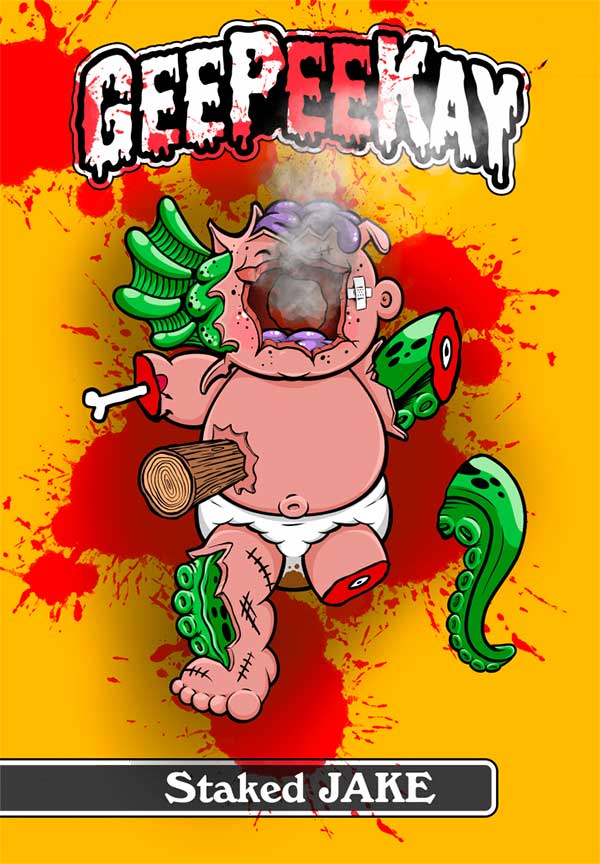Featured image: R2-Rewards.com
So you’ve got a nice collection of non-fungible tokens (NFTs). After a few months, you have managed to amass a respectable amount of those little digital wonders. You might have been able to sell one or two, earning you enough for a couple of cups of coffee in your nearest franchised outlet. But as you take sips off that hard-earned coffee and browse through your NFT portfolio, you can’t help but wonder about the value hidden there, just waiting to be uncovered.
The question is, how to unlock the value in those NFTs?
NFT staking: definition
When they hear the word staking, most people think back to the old Hammer films, when the nefarious Dracula would meet his demise with a wooden stake through the heart. And yes, that is one traditional understanding of the word staking. But it’s 2022 now, and though Count Dracula still roams somewhere down the darkest halls of our dreams, staking now means something altogether more profitable.
In today’s digital context of NFTs, staking is sort of a game of investment/rewards. You commit (‘lock’) your NFTs into a platform or protocol for a set period, and you receive rewards (or other benefits) in exchange for such a commitment.
Staking addresses one NFT’s inherent issue: liquidity. Remember, NFTs are tokenized assets that you can sell, trade, or, as we see in this article, stake for a yield. Staking enables earning passive income off your NFT portfolio while retaining ownership.
Fungible vs non-fungible: an explanation
For a long time, the concepts of fungibility and non-fungibility had been well outside the layman’s lexicon. But once NFTs entered public discourse, people began to learn more about what these concepts mean.
In short, fungibility means the possibility of using goods, items, or commodities interchangeably because they have the same value. Banknotes or coins, pieces of the same fruit, or a liter of petrol are good examples of fungibility.
Non-fungibility denotes uniqueness. Collectible items, including original oil paintings, baseball cards, art pieces, diamonds, and vintage cars can be considered non-fungible.
It is the latter concept that emerges as most interesting, as non-fungibility carries value, and it is a value that NFT staking unlocks.

NFT staking: how it works
Unlocking the value of your NFTs through staking is easier than you think. All you need is a crypto wallet and, well, NFTs. The more the better. Then, choose a protocol or a platform to stake your NFTs in, and wait for the rewards, which might be distributed daily, weekly, or in any other fashion. It really is that simple.
NFT staking is akin to yield farming, insofar as you lock a certain amount of wealth (NFTs in this case) and receive a certain percentage of rewards based on the amount staked, the period of time that the NFTS will be locked, and other parameters.
All about staking rewards
When you invest in traditional financial products (bonds, stocks, mutual funds, etc.), you expect your investment to produce a certain yield. Equally, the ultimate purpose of staking your NFTs is to get a return – a reward.
But this raises several questions: what kind of rewards do you get? And who issues those rewards?
If you purchase an investment bond, your reward at the end of the investment term will usually be money, a certain percentage based on the bond’s performance, length of investment, etc. The staking rewards system works similarly. You lock your stake in for a certain amount of time and you get rewards. Some platforms might offer a fixed amount, while others might give users different amounts, depending on how many people are participating, and the total size of the rewards pool.
And who pays these rewards? Well, the platform or protocol where you stake your NFTs. Normally, an algorithm would calculate the due rewards based on specified parameters, and the rewards would be deposited into your account at the agreed intervals. Now, what these rewards are, depends on the protocol or platform. Sometimes, you get the platform’s native tokens, other times you get tokens that you can exchange for fiat, and certain protocols issue tokens that can only be used within their own environment (a gaming platform, for example). Always check the terms and conditions when you sign up so you know exactly what rewards you will get, and how often.
Risk versus Reward
As with most financial endeavors, returns are never guaranteed and are not entirely without risk. If you put up collateral it means you risk losing that. In the case of a staking system, there are often 2 things to keep in mind. First of all, in most staking systems you will need to purchase a staking key to get started. Buying the key can be seen as an entrance fee to the platform and there are often a variety of keys, ranging from cheap and small ones to big and expensive keys. Of course, you hope to earn your investment into the key back but this is never guaranteed.
Another risk is that the staking platform can be hacked and you may lose your NFTs since they’re not in your custody anymore. While the right permissions setup (along with responsible project owners) can drastically reduce this risk, hacks are and will always be a risk for platforms holding considerable amounts of value.
Conclusion
NFT staking is a subset of the broader decentralized finance (DeFi) ecosystem. It is a relatively new practice in the space, but there already are several NFT management companies that offer staking services, including Zaisan, which launched a staking platform in collaboration with R2. While there is an inherent risk to using and creating a staking platform, this risk can be minimised by choosing the right partners and using secure setups.
All in all, staking is just another cool utility of NFTs, which are proving to be rather versatile assets that break new ground almost every day.




